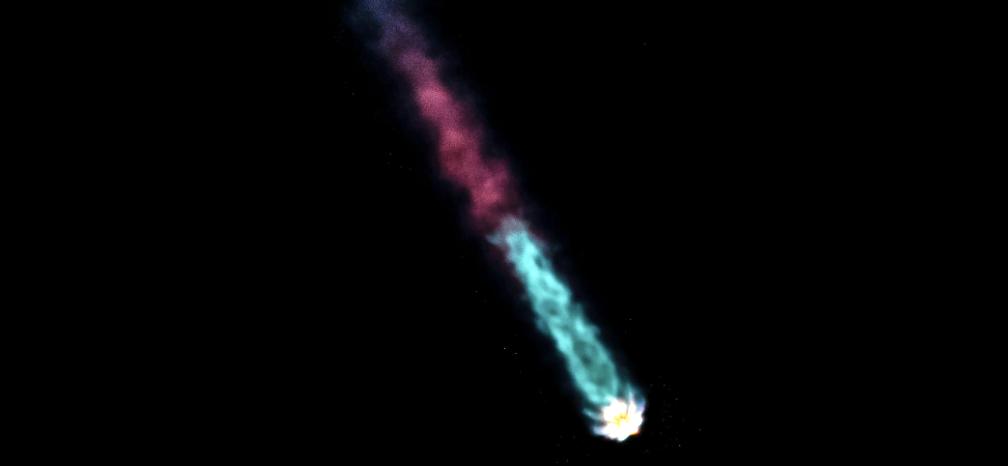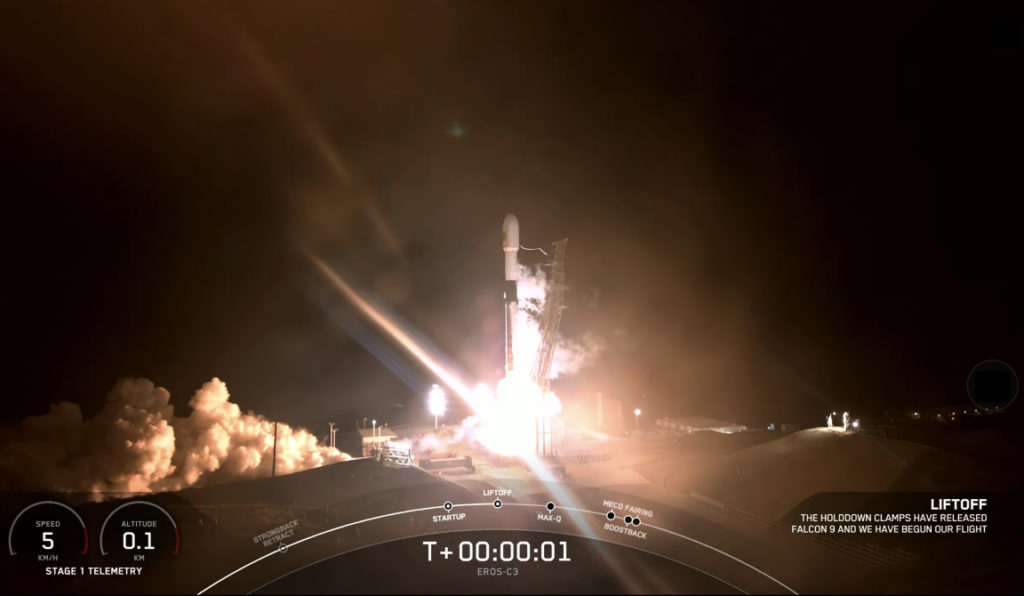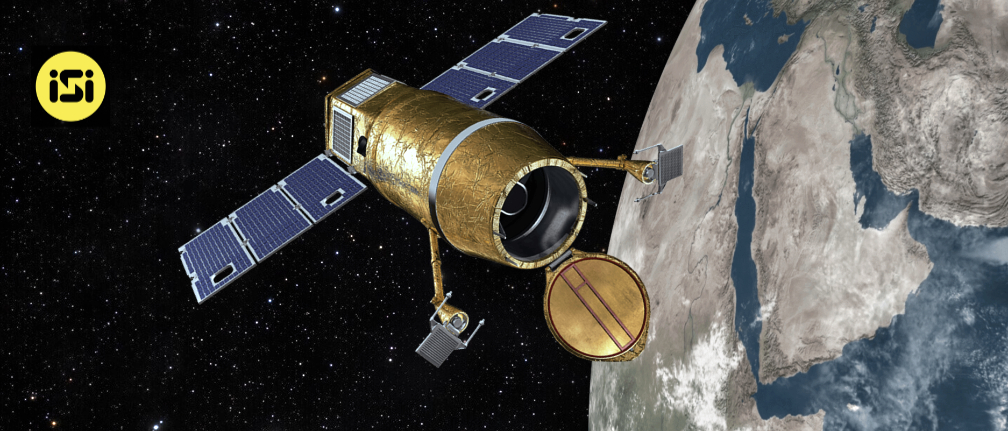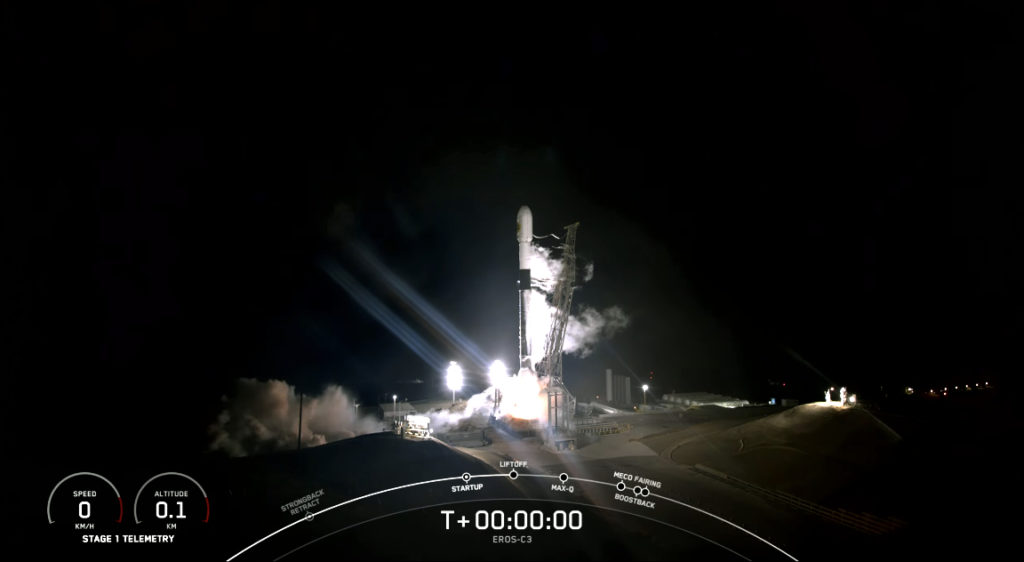
On Wednesday, December 28th at 4:34 a.m., ET, SpaceX launched 54 Starlink satellites to LEO from Space Launch Complex 40 (SLC-40) at Cape Canaveral Space Force Station in Florida.
This was the 11th launch and landing for this Falcon 9 first stage booster, which previously launched GPS III Space Vehicle 04, GPS III Space Vehicle 05, Inspiration4, Ax-1, Nilesat 301, and now six Starlink missions.
This launch marked the first of Starlink’s upgraded network. Under the company’s new license, SpaceX is now able to deploy satellites to new orbits that will add even more capacity to the network. Ultimately, this enables SpaceX to add more customers and provide faster service — particularly in areas that are currently over-subscribed.

Then, on Thursday, December 29th at 11:38 p.m. PT, a Falcon 9 launched the ImageSat International (ISI) EROS C-3 (Earth Resources Observation Systems C) mission to a LEO from Space Launch Complex 4E (SLC-4E) at Vandenberg Space Force Base in California.

This was the 11th launch of this booster, which previously supported the launch of Crew-1, Crew-2, SXM-8, CRS-23, IXPE, Transporter-4, Transporter-5, Globalstar FM15, and two Starlink missions.

According to the company, Starlink now has more than 1,000,000 active subscribers across the globe.
